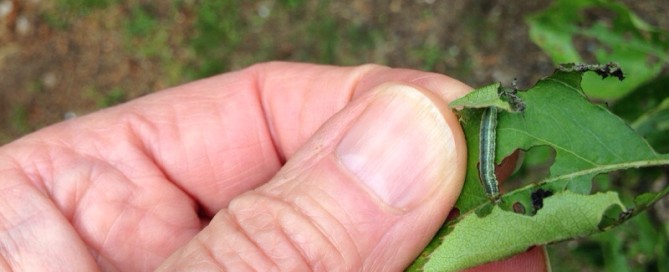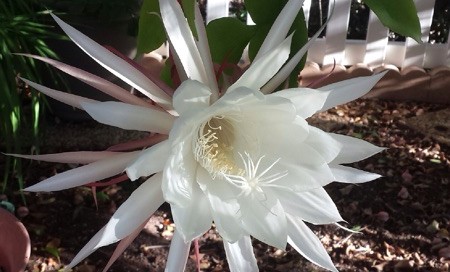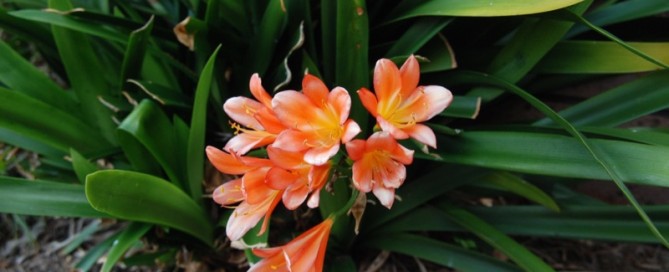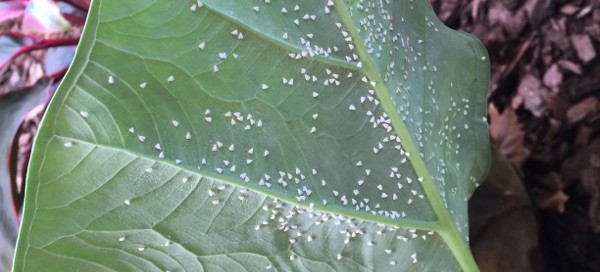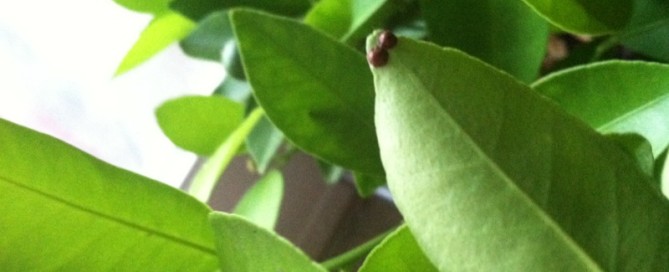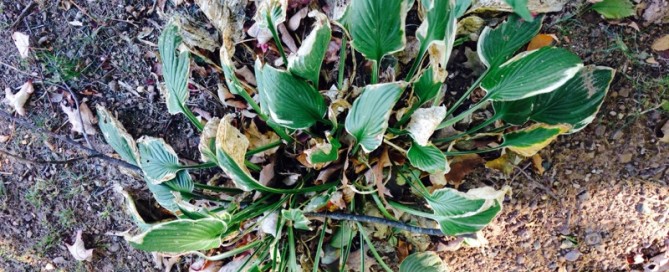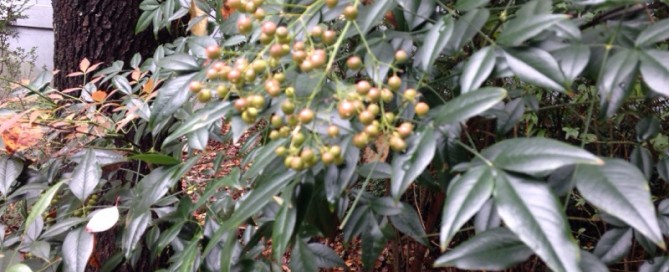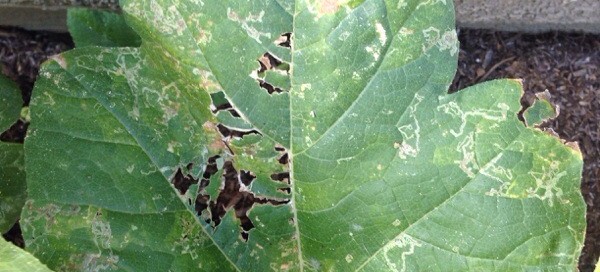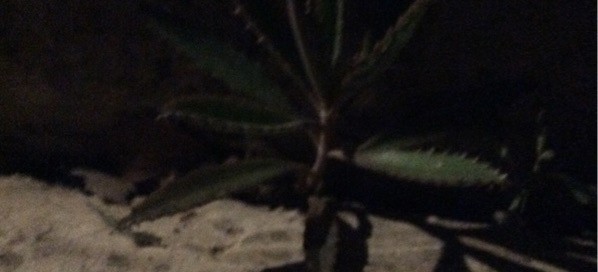Chewing Insect
The problem with chewing insects such as grasshoppers, beetles, caterpillars, etc. is they move about and often are difficult to spot among the green foliage. Chewing insects are usually large enough to see with the naked eye, but they can be green, brown, black, etc. so look closely and pluck off any you see on this plant or its neighbors as long as the infestation is not too extensive. If it is extensive, you can spray with an organic control such as Spinosad - it has a 7-10 day residual - but spray in the early evening after the bees have returned to their hives. Once the spray has dried it is safe for beneficials. There are also synthetic systemics if the problem continues after your sprays, but make sure it is formulated for your specific plant.
